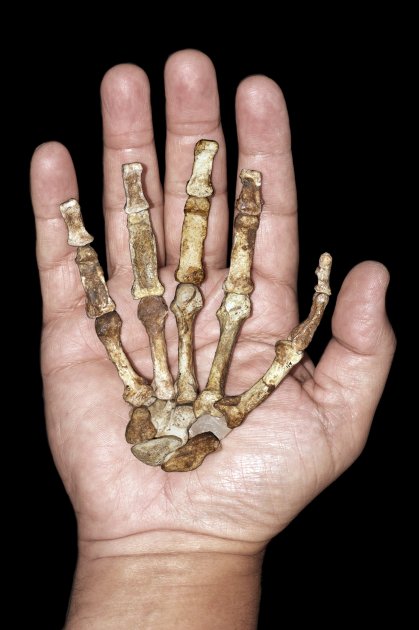
Photo By AP/Peter Schmid, courtesy of Lee Berger and the University of Witwatersrand
UPDATE: 
Photo By AP/Peter Schmid, courtesy of Lee Berger and the University of Witwatersrand
Closest Human Ancestor May Re-write Steps in Our Evolution, Yahoo News/Live Science, September 9, 2011
Earliest Signs of Advanced Tools Found, The New York Times, Science, August 31, 2011
Human Ancestor Older Than Previously Thought; Finding Offers New Insights Into Human Evolution, Science Daily, June 20, 2011
New Fossils May Redraw Human Ancestry, The New York Times, Science, September 8, 2011
ORIGINAL POST
Recently discovered 2 million year old fossil specimens were presented at the April 18, 2011 meeting of the American Physical Anthropology Association and are still being analyzed. The conjecture that they represent a transitional form between genus Australopithecus africanus and genus Homo habilis is being questioned by other scientists: "Ian Tattersall of the American Museum of Natural History in New York City endorsed A. sediba as a distinct species, probably closely related to A. africanus. 'I wouldn’t classify it as the root of the Homo genus, though,' he commented."
Fresh Evidence Adds Weight to Human Ancestor's Identity
Possible New Human Ancestor Discovered
Australopithecus sediba fossils

